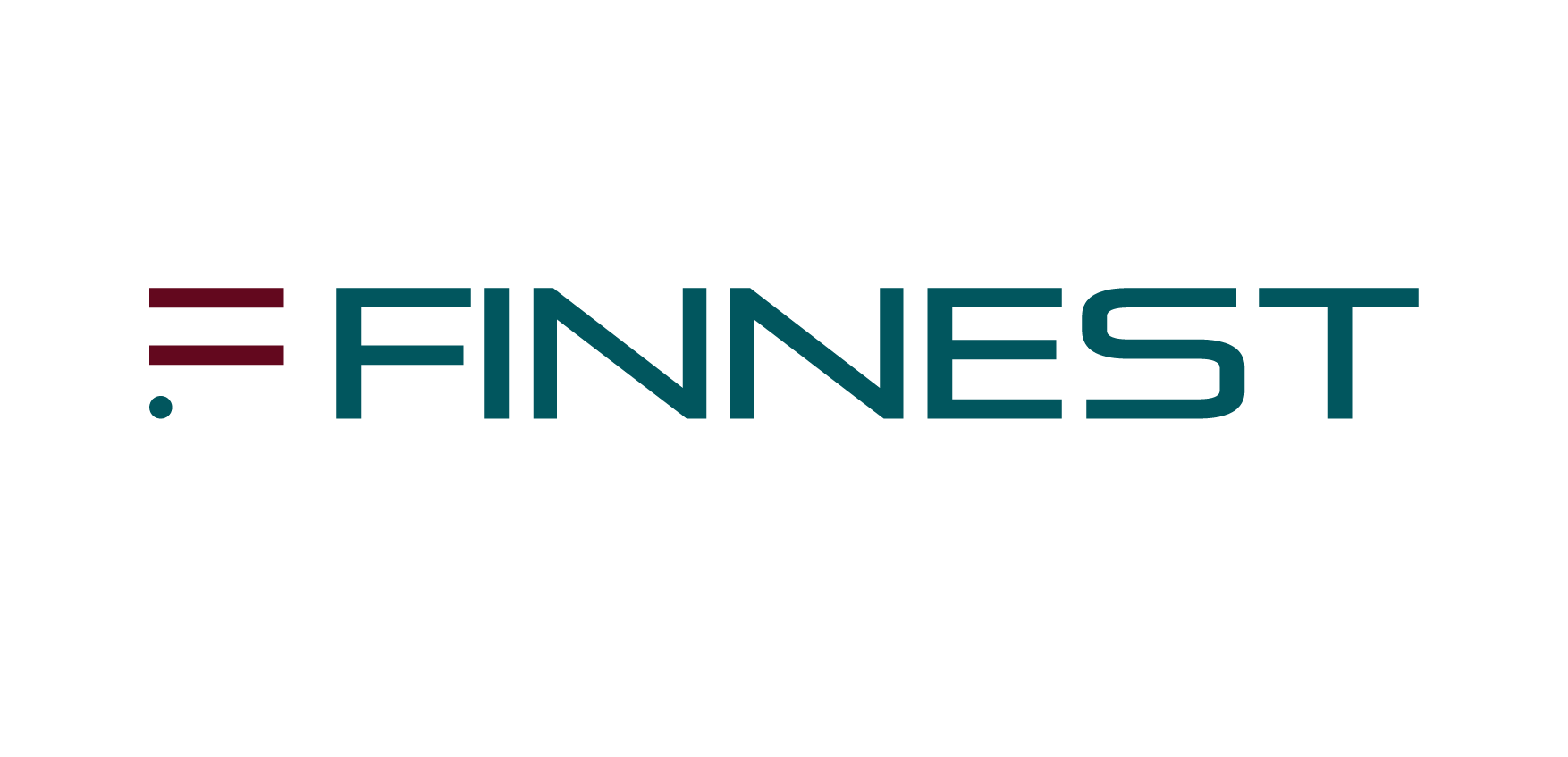Introduction
Studying abroad is an exciting opportunity, and it is surely the dream for many. Along with the dream comes the pressure to choose the right country for higher education. There are many factors which contribute to the selection, which include university rankings, course offerings, etc. A major factor which affects the decision is the cost versus value.
The options range from high tuition fees in North America to tuition-free in some parts of Europe. And each option offers a different balance between what you pay and what you get in return for the investment. The parameters don’t just stop at the expenses of the country, it include the returns that can be received from the education and work there. The factors also include post-study work rights and long-term settlement options.
Section 1: Why Cost vs. Value Matters in Education Abroad
When planning to study abroad, many students focus on the immediate costs—like tuition fees and accommodation. However, the smarter way to decide is by comparing cost vs. value. Think beyond just “Can I afford this now?” and ask, “What will I gain from this investment in the long run?”
Understanding the Total Cost of Education
The actual cost of studying abroad goes beyond tuition:
- Tuition Fees: Vary by country, university, and course type.
- Living Expenses: Rent, food, utilities, transportation, and personal needs.
- Hidden Costs: Visa processing, travel, health insurance, and textbooks. Even in countries with low tuition, high living costs can tip the scale—and vice versa.
What Determines Value?
Value isn’t just about earning a degree—it’s what comes after. Consider:
- Employment Opportunities: Are graduates employable locally or globally?
- Post-Study Work Rights: Will you be allowed to stay and work after graduation?
- Permanent Residency (PR) Options: Does the country provide a path to settle long-term?
- Return on Investment (ROI): How soon can you recover your education costs through income?
For instance, while studying in Germany may be cheaper, Canada might offer better PR prospects. The UK’s one-year master’s programs save time, but the USA often provides more job options for STEM graduates through OPT.
By evaluating both what you’ll pay and what you’ll gain, you can make a more informed and financially sound decision for your future.
Section 2: Country-by-Country Cost and Value Comparison
To help you make an informed decision, here’s a snapshot of the top study-abroad destinations, comparing their average costs and what kind of value they offer in return: from career opportunities to post-study work rights and permanent residency pathways.
United States
Average Tuition Fees:
$20,000 – $50,000 per year
Living Expenses:
$1,000 – $2,500/month (varies by city)
Post-Study Work Rights:
Up to 1 year (OPT), 3 years for STEM graduates
Permanent Residency Path:
H-1B work visa → employer sponsorship → green card (competitive)
Value Insight:
Top-ranked universities, extensive research opportunities, and high job market demand for STEM and business graduates. High cost but strong long-term ROI if employed in the U.S.
Canada
Average Tuition Fees:
CAD 13,000 – CAD 25,000 per year
Living Expenses:
CAD 800 – CAD 1,500/month
Post-Study Work Rights:
Up to 3 years (depending on course length)
Permanent Residency Path:
Easier through Express Entry and Canadian Experience Class
Value Insight:
Affordable tuition, generous work permits, and one of the most PR-friendly countries. Excellent ROI for those seeking long-term settlement.
United Kingdom
Average Tuition Fees:
£10,000 – £38,000 per year
Living Expenses:
£1,200 – £1,600/month (London is higher)
Post-Study Work Rights:
2-year Graduate Route (3 years for PhD holders)
Permanent Residency Path:
Tiered route based on work sponsorship, 5+ years to PR
Value Insight:
1-year master’s degrees save time and money. Strong global recognition of UK degrees, though post-study visa period is shorter compared to Canada or Australia.
Australia
Average Tuition Fees:
AUD 20,000 – AUD 45,000 per year
Living Expenses:
AUD 1,400 – AUD 2,500/month
Post-Study Work Rights:
2 to 4 years (depending on course and region)
Permanent Residency Path:
Points-based system with regional study and skilled jobs favored
Value Insight:
High employability, supportive student visa policies, and attractive PR options. Regional universities offer better pathways and financial incentives.
Germany
Average Tuition Fees:
Mostly free at public universities (semester fee ~€250)
Living Expenses:
€800 – €1,200/month
Post-Study Work Rights:
Up to 18 months job search visa
Permanent Residency Path:
PR available after 2 years of employment
Value Insight:
Low cost, strong engineering and tech education, and growing English-taught programs. Excellent value for budget-conscious students looking for EU exposure.
Pro Tip: While Germany offers the lowest upfront costs, Canada may offer the fastest return through easy PR and post-study job opportunities. The U.S. offers the highest potential ROI but comes with stricter immigration hurdles.
🔹 Section 3: How to Calculate Your ROI (Return on Investment)
Choosing the right country for higher education isn’t just about what you pay—it’s about what you earn and achieve in return. Calculating your Return on Investment (ROI) helps you evaluate if your education abroad will truly pay off in the long run.
Step 1: Estimate Total Investment
Add up the major expenses:
- Tuition Fees (full course duration)
- Living Costs (monthly × total months)
- Visa + Travel + Insurance + Miscellaneous
Example:
- 2-year master’s in the USA
Tuition: $80,000 + Living: $36,000 + Others: $5,000
Total Investment: $121,000
Step 2: Forecast Expected Salary
Research the average starting salary in your target country and field. Use job portals, alumni data, and salary reports.
Example:
- Average salary in U.S. for a data scientist: ~$85,000/year
Step 3: Calculate the Break-Even Point
How many years will it take to recover your investment?
Break-Even Formula:
Total Investment ÷ Net Annual Income (after taxes and expenses)
Example:
$121,000 ÷ $60,000 = ~2 years to break even
Step 4: Factor in Long-Term Gains
- Salary growth and promotions
- PR or citizenship benefits (healthcare, education for family)
- Global job mobility and reputation of degree
- Entrepreneurial or research opportunities
Sample ROI Snapshot by Country (for 2-Year Master’s Program)
| Country | Avg. Total Cost | Avg. Starting Salary | Break-Even Time |
| USA | $100K–$130K | $70K–$90K | 2–3 years |
| Canada | ₹35–45 Lakhs | ₹30–45 Lakhs | 1.5–2 years |
| UK | ₹25–40 Lakhs | ₹30–40 Lakhs | 2–2.5 years |
| Australia | ₹35–50 Lakhs | ₹35–50 Lakhs | 2–3 years |
| Germany | ₹10–15 Lakhs | ₹25–35 Lakhs | < 1 year |
Note: Figures are indicative. Actual ROI depends on field, job market, city, and student’s background.
🔹 Section 4: Key Factors Beyond Money
While cost and ROI are critical in choosing where to study abroad, they’re not the only things that matter. Your experience as an international student—and your success—also depends on several personal and practical factors that don’t always show up on a financial sheet.
Cultural Compatibility and Language
- Studying in a country where you’re comfortable with the language and culture can significantly ease your transition.
- For non-native English speakers, countries like Canada and Australia may offer a more inclusive multicultural experience than others.
- Germany and parts of Europe may have cultural and language learning curves if you don’t speak the local language outside class.
Safety and Quality of Life
- Countries like Canada, Germany, and Australia consistently rank high on global safety and quality of life indexes.
- Access to public healthcare and social services and low crime rates can make a big difference in your daily experience.
University Support Services
- Look into what universities offer in terms of international student support—academic help, mental health resources, housing assistance, and career counseling.
- A strong student support ecosystem can directly impact your well-being and academic performance.
Visa Processing and Job Search Ease
- The time and complexity of getting a student visa, and later converting it into a work or residency permit, vary widely by country.
- Canada and Australia generally offer smoother transitions from study to work to PR.
- The U.S. and U.K. may have stricter timelines or sponsorship requirements for work visas.
Industry Presence and Internship Opportunities
- Choosing a country that’s strong in your field (e.g., tech in the U.S., clean energy in Germany, finance in the U.K.) can lead to better internships and job placements.
- Some countries have co-op programs or strong university-industry linkages that give you practical exposure while studying.
Remember: The best country for you isn’t just the cheapest or the trendiest—it’s the one where you can thrive academically, personally, and professionally.
Conclusion: Make the Smartest Move for Your Future
Choosing the right country for your higher education is more than a financial decision—it’s a life decision. While tuition fees and living costs are important, the true value lies in long-term returns: career opportunities, work rights, and personal growth.
By comparing costs with outcomes—like post-study work options, permanent residency pathways, and earning potential—you empower yourself to make a choice that aligns with both your budget and your ambitions.
Whether you’re drawn to the career promise of the U.S., the affordability of Germany, or the PR-friendly policies of Canada, the key is planning ahead with clarity.
Ready to Study Abroad with Confidence?
Let Finnest help you take the next step with smart, custom financial solutions. From education loans to scholarship guidance, we simplify funding so you can focus on your goals.
Book a free consultation today and let your international journey begin—on your terms, with your future in mind.
Frequently Asked Questions (FAQ)
1. Which country is the most affordable for international students?
Germany is one of the most affordable options, especially for public universities where tuition is nearly free. However, students should still budget for living costs, which average around €850–€1,200/month.
2. What factors should I consider beyond tuition fees when choosing a country?
Beyond tuition, consider cost of living, post-study work opportunities, visa regulations, chances of permanent residency, cultural fit, safety, and the availability of support services for international students.
3. How do I calculate the ROI of studying abroad?
Calculate your total investment (tuition + living + other expenses) and compare it with your expected post-graduation income in the destination country. Divide the total cost by the annual net income to estimate how many years it will take to recover your investment.
4. Which countries offer the easiest path to permanent residency after studying?
Canada and Australia are considered the most PR-friendly, offering structured pathways for international graduates through points-based immigration systems and work permits that lead to permanent settlement.
5. Can I work while studying abroad to cover expenses?
Yes. Most countries allow part-time work on student visas. For example, Canada and Australia allow students to work up to 20 hours/week during the term and full-time during breaks. Always check local regulations for the latest guidelines.




